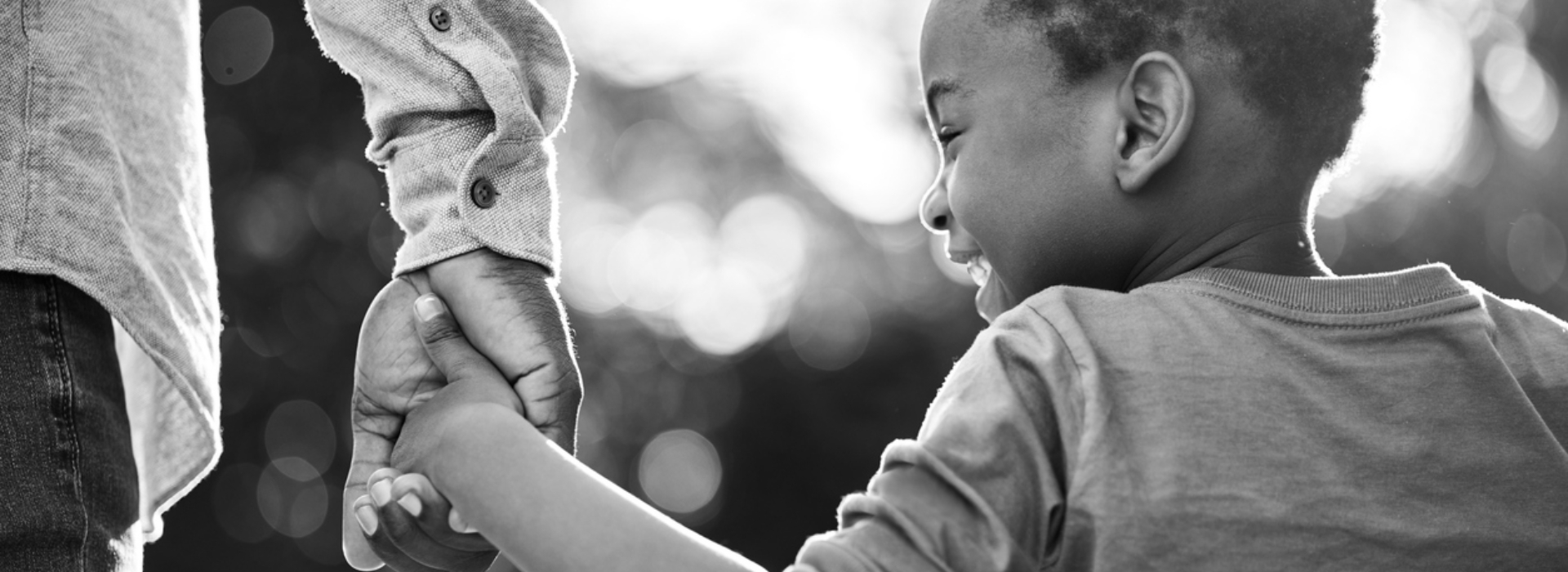As the school year takes off, many high school students are eager to begin the fall sports season. But with fall sports starting back up, so are parents’ concerns regarding the threat of concussions and other traumatic brain injuries (TBI) that comes with playing high-contact sports like football.
In recent years, there has been a widespread increase in awareness of the link between contact sports and brain injury, which has led many parents to withdraw their children from participating. In fact, an annual National Federation of State High School Associations found that in the 2018-2019 school year, participation in high school sports declined for the first time in 30 years. The total number of participants declined by 43,395 student-athletes, with football accounting for over 70 percent of this reduction. Participation in boys 11-player football dropped by over 30,000 participants and decreased in all but seven states.
Symptoms Associated with Concussions
According to the Centers for Disease Control and Prevention (CDC), concussions are a type of traumatic brain injury caused by a sudden bump, blow, or jolt to the head or a hit to the body that forces the head to move back and forth rapidly. Sudden back-and-forth movement can result in the brain-twisting or moving within the skull, which can damage brain cells. The side effects of a concussion can be serious and long-lasting.
After a jolt to the head, concussion symptoms may not appear for hours or days after the initial injury. Signs and symptoms of a concussion include the following:
- Headache
- Blurred vision
- Dizziness or poor balancing
- Inability to focus
- Slurred speech
- Nausea or vomiting
- Not remembering sustaining the injury
- Confusion
- Difficulty focusing
- Feeling more sad, upset, angry, or nervous than usual
- Sleep difficulties
How Can Parents Help Prevent Traumatic Brain Injury?
Almost half a million children are treated in an emergency department annually for TBI.
Most concussions in children and adolescents happen while playing sports, with the highest risk found in those who play football, hockey, lacrosse, and soccer. In addition to sports, car or bicycle accidents, fights, or falls can also cause concussions. Because young people’s brains are still developing, TBIs can alter the course of healthy brain development and lead to long-term complications such as learning or memory problems.
As a parent, you can help lower your child’s chances of getting a TBI by teaching your teen about concussions and the importance of taking time off to recover from one, working with their coach to raise awareness about how to decrease the risk of concussion, and encouraging your child to wear a helmet if they are participating in a high-contact sport. Teens who keep playing sports with concussion symptoms or those who return to sports too soon are at a greater risk of sustaining a second concussion. Repeated concussions can result in life-long issues or, in severe cases, be fatal. By recognizing the signs and symptoms of concussion and seeking treatment right away, your child will minimize the damage caused by and recovery time of a concussion.
Additional resources on concussions in student-athletes, such as the CDC’s HEADS UP program, can provide you with up-to-date information on recognizing and preventing concussion in your child.
